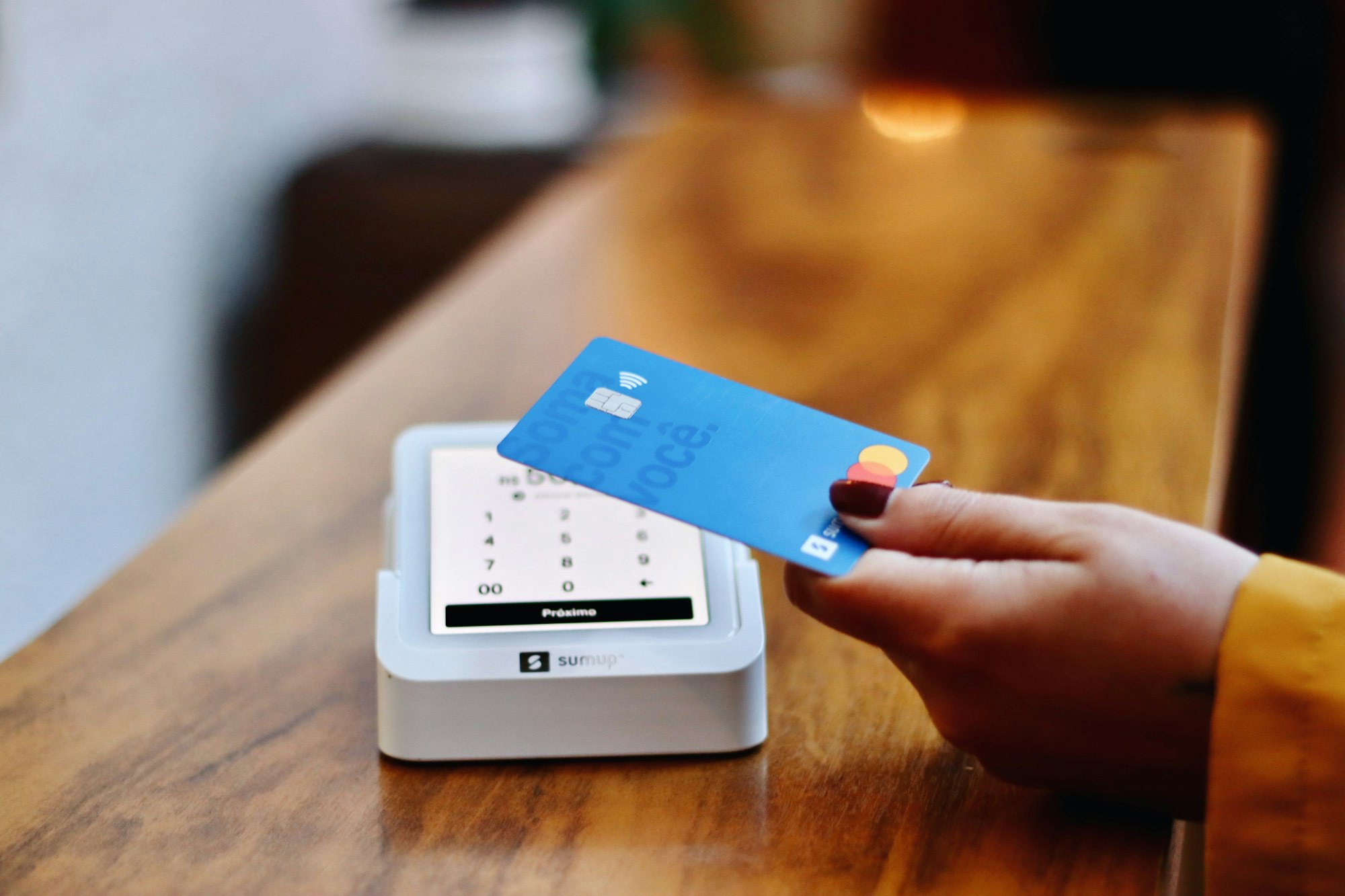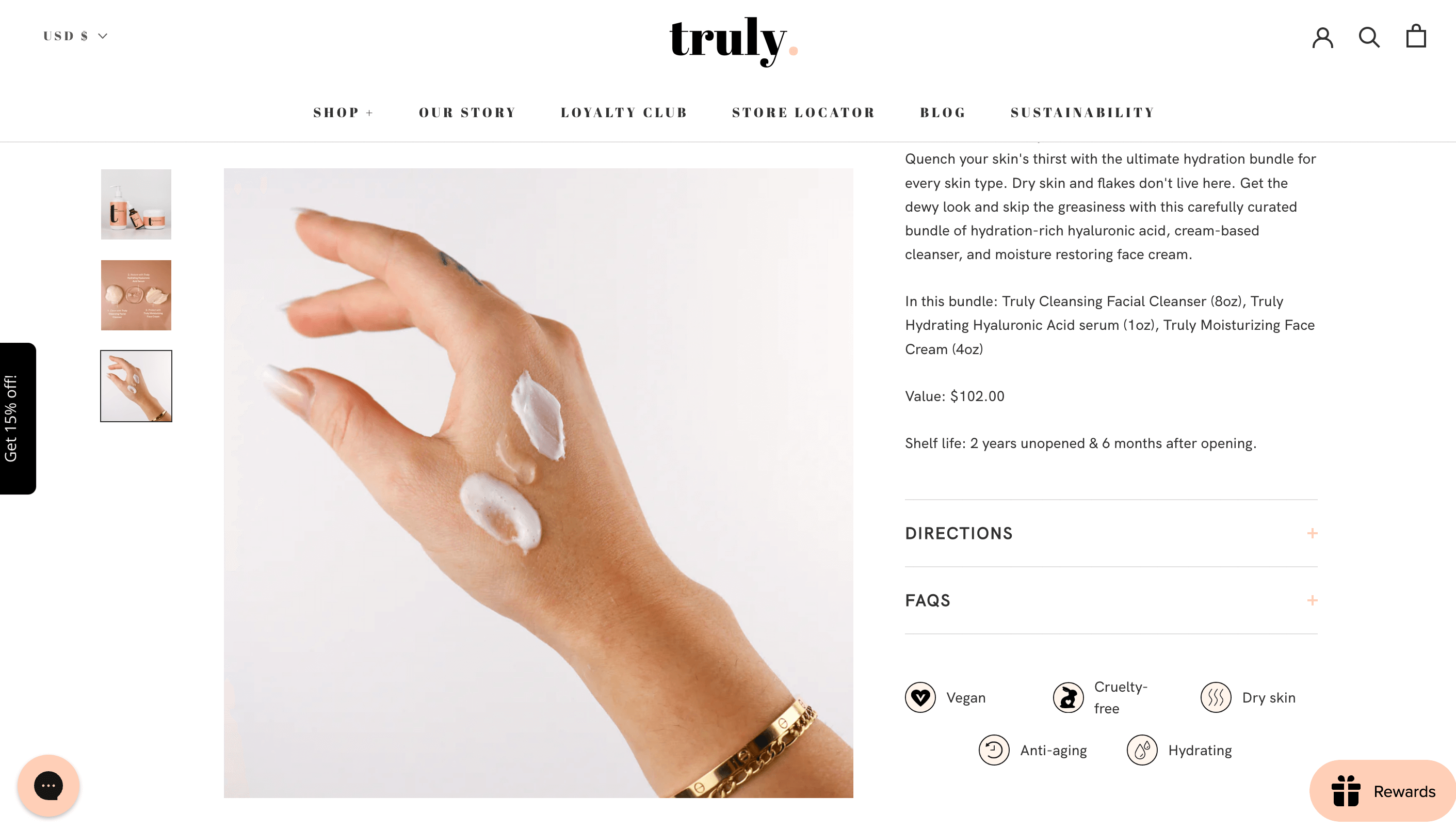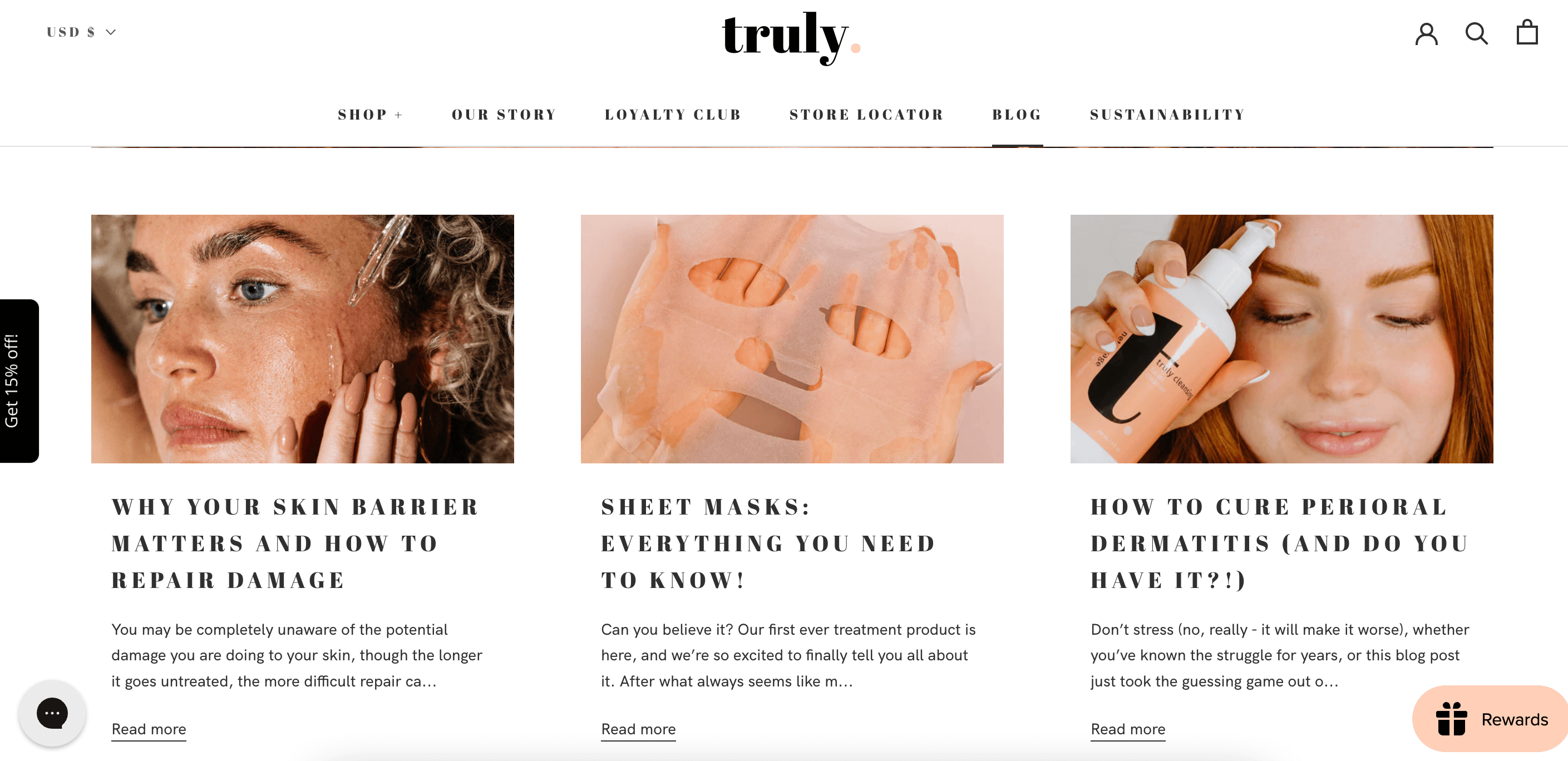Often ecommerce businesses will focus solely on the acquisition of a customer. Regardless if those customers are qualified or have the intention to return for a repeat purchase.
Whether you’re just starting a business or trying to grow an existing one, it’s tempting to see every customer you acquire as equally valuable. However, not every customer is valuable, and unfortunately, there’s a huge difference between one-time customers and repeat customers. But if you understand your shoppers and truly build an audience, acquiring the right customer will become much easier.
How do you get more one-time customers to become repeat customers? Understanding the five most common types of online shoppers that could be visiting your store is the first step:
- Discount seekers.
- Wandering customers.
- Impulse buyers.
- Need-based shoppers.
- Loyal customers.
It’s estimated that 79 percent of online shoppers, shop at least once per month. While one-time shoppers boost sales in the moment, they’re often attracted by expensive ads and have no intention of making another purchase or engaging beyond their initial discount-driven transaction. This drops the lifetime value (LTV) of your customer and increases marketing costs.
Repeat customers, on the other hand, care about your brand and are willing to choose you over the competition because they’re motivated by what you stand for, not just what you sell. These customers are willing to invest in your business by making more than one purchase, joining your loyalty program, or engaging with you online and offline. The key is securing your brand as their first choice every time a customer wants to make another purchase.
Let’s explore who each of these shoppers is and what you can do to turn them into valuable repeat customers.

Discount seekers are focused on saving
Whether it's due to financial hardships, budgeting, or simply just trying to find the best deal– discount seekers are always focused on saving. Those looking for a discount, also known as discount seekers, shop around, searching and comparing multiple sites or stores trying to find the best price. They will always base their buying decisions on how much they can save.
This transactional mindset is the opposite of a repeat customer who you are trying to target to build an emotional relationship with your brand. As a result, these types of customers are the least loyal type of customer and are least likely to make a repeat purchase.
Encourage repeat purchases by showing them the benefits
The key to discovering who your most valuable customers are is to emphasize the benefits of your products and focus on customers that show interest. Shift the focus away from direct price or feature comparison, and focus on why they can’t live without your specific product.
An effective and easy way to do this is by showcasing the benefits of your products—not the features. When you start simply listing features, you make it easier for price-sensitive customers to compare your offerings to your competitors. By highlighting the benefits, you shift the focus from what you do compared to your competitors and emphasize what sets your products apart.

Skincare brand Truly, does this beautifully. For every one of their skincare products, they show off what the product can do for you first, and how it benefits your skin. They then list out the ingredients and how the products look on your skin, making the product features visible, yet not the main focus.
This hierarchy of information increases the chances that a discount seeker will see and understand the benefits of shopping with them over a competitor. Truly makes it easier than ever for a customer to self-select the products that speak to their needs, and read customer reviews, increasing the chances of these customers making their first purchase and being more willing to think of them first in the future.
Wandering shoppers spend a little and cost a lot
Everyone knows the feeling of landing on a product after seeing an Instagram ad. If discount seekers are the least loyal type of online customer, wandering shoppers are right behind. With no idea what they want to buy but a desire to make purchases, similar to window shopping IRL, these customers are easily distracted because they simply enjoy the experience of shopping.
Wandering shoppers usually make up the largest percentage of your traffic but spend the least amount of money at your store. This behavior means that they make up the largest percentage of your traffic but the smallest percentage of sales revenue. In other words, they cost a lot to acquire.
Make purchases convenient with a simple checkout process
Ultimately wandering shoppers are all about convenience, which means the biggest obstacle on your site is the checkout. Slow load times, too many steps, and onerous forms are all ways to complicate the process and ensure they jump ship. If your store needs some help implementing updates to your store, customizing your Shopify theme is one of the easiest ways to get started.

Jiminys' checkout page is simple and even presents customers with an offer, allowing Jiminys to up-sell its products. After adding an item to their cart, customers are able to quickly view any offers in the form of a free product or a discount, depending on their cart.
These tactics help reduce general cart abandonment and improve their conversion rates as more wandering shoppers can quickly explore their products and checkout. This experience will go a long way to increase a customer’s LTV if they return again, proving that not all customers who wander stay lost.
Impulse buyers want to stay informed
Similar to wandering shoppers, impulse buyers don’t have to have a specific product in mind when they shop. Instead, they simply make purchases when it sounds or feels like a good idea.
Whether it happens in-store or online, impulse buyers are often obsessed with having the latest product. They’re the ones that will replace a perfectly good product with another simply because it is more up-to-date or trendier. Think of those that always have the latest iPhone, the latest makeup drop, or the latest shoe from a drop. This makes impulse buyers particularly prone to shopping in industries that are rapidly changing, such as fashion, beauty, and technology.

Impulse shoppers are receptive to recommendations and are always looking for their next exciting purchase. This means that they’re incredibly easy to upsell and are very receptive to recommendations. With a desire to buy “when the time is right,” they love to hear about new products and like to be in the know of what’s new and exciting from the brands they love. Ensure you’re engaging customers, and keeping them informed and, subsequently, interested in your brand.
Encourage newsletter subscriptions
Encouraging newsletter signups is a great way to communicate with your customers. Keep them in the loop by offering a valuable reason to subscribe to your newsletter such as with exclusive content, recurring discounts, and a behind-the-scenes (BTS) view of your business.

Woof and Wonder have amassed a strong brand community by offering multiple channels to communicate with their customers. Including social media and of course through its newsletter. Woof and Wonder send discount codes, a BTS look into its brand, and of course incredible photos of dogs. This understanding of who their customers are prompted them to put clear calls-to-action at the footer of every page of their website, inviting customers to stay connected between purchases through social media or their newsletter.
Through each channel, Woof and Wonder makes it easy for impulsive shoppers to see the value of engaging with them and lays the groundwork for not only their first purchase but the inevitability of additional purchases in the future.
Need-based customers don't want to make the wrong decision
While impulse shoppers don’t have a particular product in mind when they visit your store, need-based customers are on the hunt for something very specific. As a result, they’re a lot harder to upsell. Having done a lot of research on the products they’re looking for, they’re the type of customer most likely to compare products across sites and are terrified of making an uninformed decision.
This makes the relationship they have with your brand (or the one they can develop with you) incredibly powerful. Without a strong emotional connection to your brand, need-based customers are less likely to believe that you can actually help them solve their problems. Without that trust, one purchase (let alone repeat ones) is very unlikely.
Make yourself the expert with value-add marketing
Need-based shoppers want to ensure they’re buying only the best-suited product for their needs. These types of customers will likely do extensive research in search of expert advice. They’ll compare specs, comb through feature lists, and warranties, looking for every possible piece of information that could indicate your brand is better equipped to help them than a competitor.
This commitment to educating themselves is what makes value-add marketing the perfect tool for turning one purchase into repeat purchases. By investing in content like a blog, video tutorials, and social content, you help every customer acquire the knowledge and relevant resources they need to help them get started with your products and feel confident in your expertise.

Truly took this strategy and educated its audience with its blog and various articles. Covering everything from skincare routine tutorials to the science behind healthy skin, these resources are both extremely relevant to their products and the customers they’re hoping to sell to. By helping customers get started with a variety of forms of content, they make it easy for new and returning shoppers alike to understand the value of choosing them over a competitor building trust that pays off in repeat purchases.

Loyal customers
Loyalty is key to driving ecommerce growth. Loyal customers are the driving force behind repeat purchases, and your brand's overall success and longevity.
Loyal customers are more likely to make repeat purchases because they genuinely care about your brand. A brand community is what follows, and then you’re able to generate a significant portion of sales from one small percentage of customers. Not to mention, loyal customers are more inclined to recommend your business to their friends and family members.
These types of shoppers are common in industries where high value is placed on feeling exclusive and unique, which can be applied to any industry such as apparel, beauty, and luxury goods.

Make every loyal customer feel special with a VIP program
For your loyal customers, it’s all about the experience. If customers are returning again and again, engaging with you on other channels, and giving referrals, a VIP program is the perfect next step in loyalty. Customers want to feel like they are a part of something, not like just another customer.
With VIP tiers, you offer every customer the chance to become a member of an exclusive group of shoppers who get extra benefits. These benefits could include things like special discounts, free products, or even invitations to exclusive events.

Diamond Art Club has built a four-tiered VIP program that gives their best customers (and higher tier) early access to sales, early access to new products, gifts, and rewards 15 points for every dollar spent. This extensive array of rewards is not only in line with what their target customers value, but also reflects the nature of their various products and brands.
This type of program draws their most loyal customers deeper into their brand story and creates an opportunity for more engagement with the brand. It also creates a desire for more first-time customers to pursue these experiences as well, and move up the different tiers. With additional value available at every stage in their customer journey, Diamond Art Club has made repeat purchases simply irresistible.
Understanding the different types of shoppers is the key to encouraging purchases
Repeat purchases will help increase your customer LTV and strengthen your brand. Understanding your shoppers will make acquiring the right customer much easier.
When you understand the difference between valuable and not valuable types of customers, you’re in a much better position to deliver a brand experience that generates more repeat purchases.
Once you have an idea of which shoppers are visiting your site, you can begin to tailor your marketing efforts to truly build a community and not just see your shoppers as customers. A marketing strategy built around customer retention is one that’s built to last to grow your business in every way possible.
Editor’s Note: This post was originally published on August 6, 2019, and was updated for accuracy and comprehensiveness on May 15, 2023.








